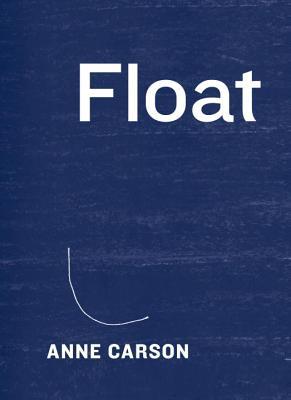What do you think?
Rate this book


272 pages, Hardcover
First published March 15, 2016
‘Making a poem is making an object. I always thought of them more as drawings than as texts, but drawings that are also physically enterable through the fact of language. It was another way to think of a book, an object that is as visually real as it is textually real.’
‘They wanted her to name, embody, and describe them in ways they could understand, with recognizable religious imagery and emotions, in a conventional narrative that would be susceptible to conventional disproof." She won't. She can't. Instead she says: "Light your fires!"’